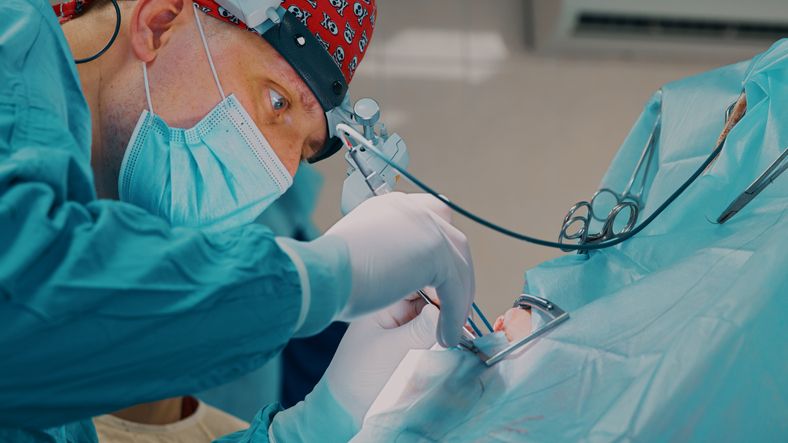Created 4/25/2023
Updated 12/15/2023
Oral cancer is among the ten most common cancers in the population. Did you know that, worldwide, between 300,000 and 700,000 new cases of this disease are detected every year? In Spain, according to data from the Spanish Society of Medical Oncology (SEOM), in 2021 more than 8 thousand new cases of mouth and pharynx cancer were diagnosed. Despite the fact that the survival rate for this disease is 57.2% in men and 38.2% in women, more than 1,500 people die annually in our country as a result of this disease.
Recently, however, researchers at the University of Surreyin the United Kingdom, have developed a new non-invasive diagnostic test for oral cancerThe accuracy of the test is over 92% in the detection of oral squamous cell carcinoma and 80% in the detection of precancerous oral epithelial dysplasia. Undoubtedly, an early diagnosis of this disease can substantially reduce mortality.
What are the most common symptoms of oral cancer?
The appearance of a white or red spot or small lump in any area of the mouth is one of the most common symptoms of oral cancer, especially in the mouth. when they do not heal by themselves in approximately fifteen days. These sores, moreover, they tend to bleed easily y make it difficult to chew, swallow, and move the tongue and/or jaw. Numbness of the mouth or tongue may also occur in some cases.
Oral cancer generally tends to occur most frequently in the tongue, oral membranes, palate, lips and gums and less frequently in the salivary glands, tonsils and pharynx. Tobacco use, alcohol and human papillomavirus (HPV) infection are the three most frequent causes of its development.
Why can early detection reduce mortality?
Early detection of oral cancer is critical to the prognosis of the disease. In this sense, dentists are the first professionals who are accustomed to detect this pathology during a routine examination of the mouth. When lesions last more than two or three weeks and do not respond to treatment, a biopsy is required. During this procedure, tissue is collected from the area for histopathological study.
In this way, early detection of oral cancer favors cure and/or reduction of damage, increasing the chances of survival. If the disease is detected before symptoms increase, the mortality rate is substantially reduced. In this sense, surgery is one of the main treatments available, especially for early stage tumors (stages I and II), which can be combined with radiotherapy and chemotherapy. In the case of advanced stages (stages III and IV), surgery, radiotherapy, chemotherapy and additional biological treatments are usually combined.
The investigators in charge of this study noted that “delays in the identification and referral of oral cancer remain common.” Thus, an accurate, non-invasive diagnostic test, which could be performed in primary care, would help identify oral cancer at early stages.
In cases where oral cancer is diagnosed early, a complete cure is possible in up to nine out of ten cases using surgery alone. However, overall five-year survival rates are only about 60%. Since in many cases the disease is diagnosed in advanced stages, the mortality and morbidity of oral cancer are high .
If you notice any of the symptoms described above, come and pay us a visit. You can contact us at 93 272 48 30 (Barcelona) / 971 315 374 (Ibiza) or leave us your details in the form on our website.
